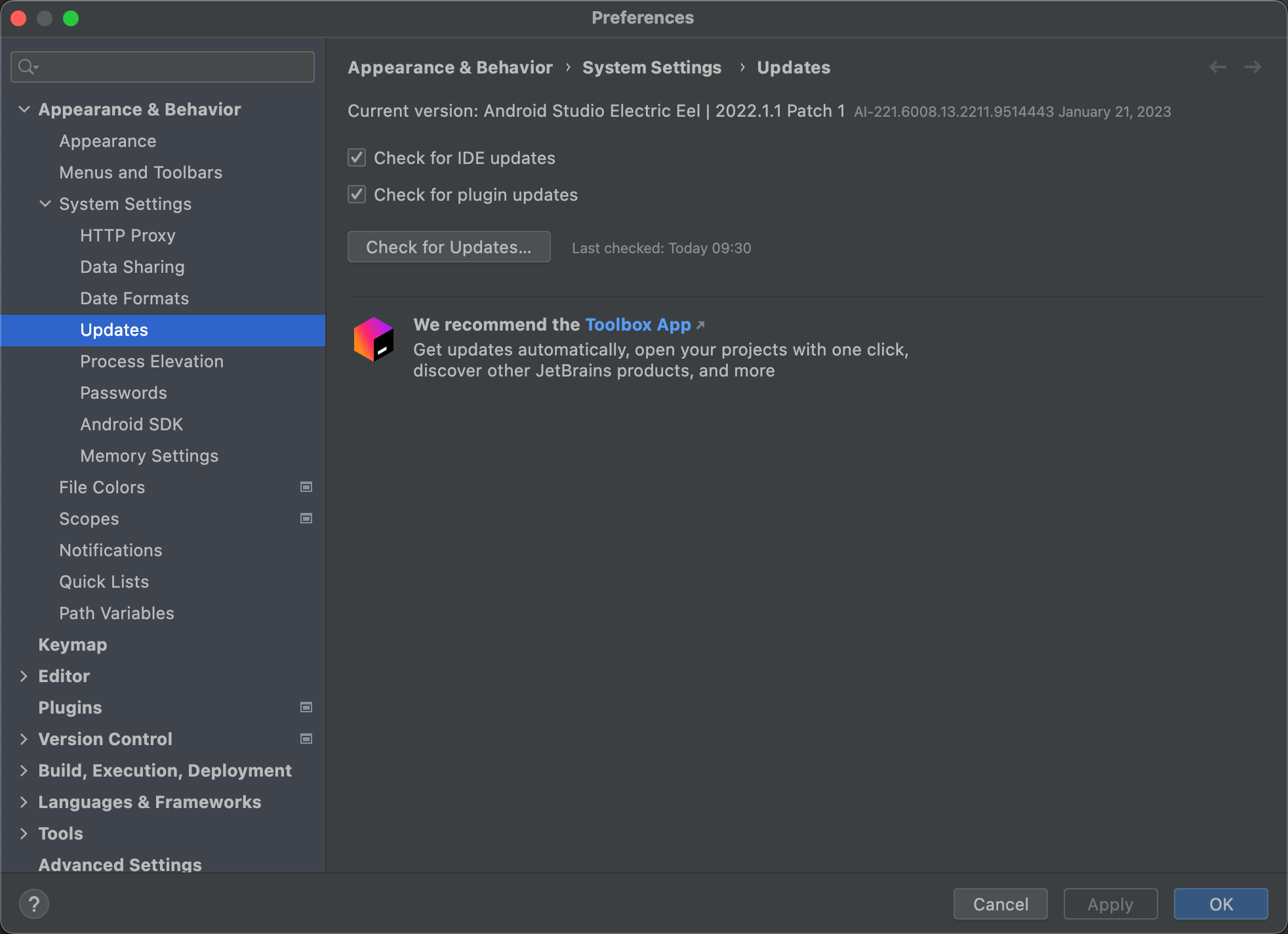
- Android studio create arm emulator how to#
- Android studio create arm emulator portable#
- Android studio create arm emulator android#
- Android studio create arm emulator plus#
Here you can do customization to AVD which you are creating as per your requirement.
Android studio create arm emulator android#
Step 5: After that Enter the AVD Name in Android Virtual Device and Click on Finish button. So, we can go with the Marshmallow SDK Version. Here we have only Marshmallow SDK Version. If you have various SDK Versions like Kitkat, Lolipop and Marshmallow etc in your SDK then you can select one of them. So können Sie Ihre liebsten Apps und Games ganz einfach auf einem Windows-Computer verwenden. Step 4: After that choose the SDK Version and Click on Next button. Android-Emulatoren bringen das beliebte Smartphone-Betriebssystem auf Ihren PC. app on an Android emulator, you will first need to create an Android. If your computer has low RAM then prefer to choose less resolution device. Opening Android Studio for the first time will guide you through the process of. Important Note: Choose the pixels resolution according to your requirements as it will take huge RAM in large pixels resolution device.

Step 3: After that choose the Category, phone size and choose the pixels according to your requirement. After that Click on Create Virtual Device. Step 2: Android Virtual Device Manager will be opened. Another way to open the AVD Manager directly by the AVD icon in the Tool bar. Step 1: Firstly, Select Tools > Android > AVD Manager > Click the AVD Manager icon in the toolbar.
Android studio create arm emulator how to#
How to Create Virtual Device/Emulator in Android Studio: It is also called Emulator.īelow are the steps to create New AVD (Android Virtual Device) In Emulator: AVD Manager is basically a tool which you can use to create and manage AVD (Android Virtual Devices) for the Android Emulator. We start AVD in Emulator to test our Android App. Upgraded Qt libraries to Qt 5.12 LTS.How to Create New AVD (Virtual Device) In Emulator in Android Studio Fixed wrong masking when frameless AVDs were booted with 'landscape' initial orientation. Fixed Quickboot not working with -no-window / headless mode. Otherwise, run with emulator-headless the behavior should be identical.

Android studio create arm emulator portable#
swiftshader_indirect: Use Swiftshader software renderer, which is the most portable across setups.Though, this should cover all x86 system images, x86_64 or not, back to API 27. For now, only kernels on x86_64 and aarch64 are supported. We must specify '-gpu swiftshaderindirect' when running the emulator to. We must disable GUI (-no-window) and audio (-no-audio) when running the emulator. We must use ARM ABI, since x86 requires KVM and EC2 instance doesn't support HW virtualization. Qt and its dependencies are not included. atyachin / Android-Emulator-on-AWS-EC2.txt. emulator-headless: Run emulator without UI.Qt libraries and their dependencies are linked. emulator: Run standard emulator with UI if possible.$ANDROID_SDK_ROOT/emulator/ -avd avdName ] ].We also provide a review other command line options that can be useful for running in such an environment:

Android studio create arm emulator plus#

When using the emulator for CI, it can be hard to set up due to implicit expectations of the system being able to support Qt along with its shared library dependencies (among other issues).


 0 kommentar(er)
0 kommentar(er)
